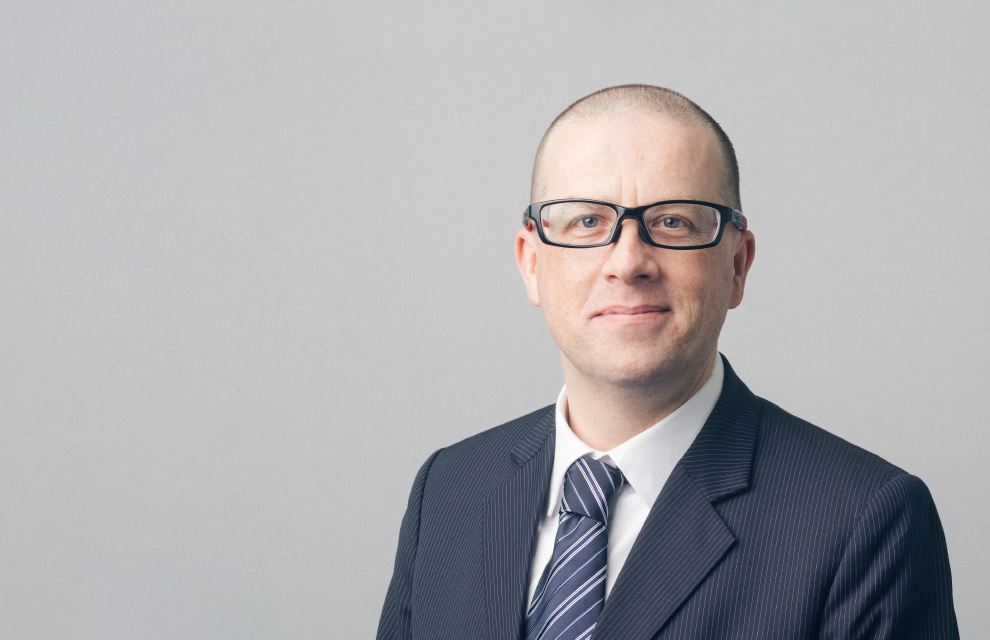Marsh Management
Stuart Herbert of Marsh Management Singapore discusses current trends in the Labuan captive insurance market and what is on the horizon
What was 2019 like for the captive insurance sector in Labuan?
Last year proved to be an interesting year for Labuan captives; there were several formations but this was unfortunately offset by a few closures as well. We are seeing growth for Labuan coming from Malaysia and also Japan with the last six captives being a 50/50 split from these locations.
Notwithstanding the growth, which took place late in 2018 and early 2019, the uncertainty around the concessionary tax treatment for captives and the substance requirements took the focus away from further growth and so we saw the latter half of the year being more stagnant as owners dealt with these various issues. It is good to note that there was no massive exit of captives, and hopefully, the changes will improve the economic position of Labuan to enable it to further support growth in the sector.
What trends is Labuan seeing in the captive sector?
As mentioned, business is still primarily coming from Malaysian businesses, but we are seeing a trend for Japanese-sponsored captives continue as well. These are still writing a range of insurance lines and this is similar to many other captive domiciles around the world. There have been some developments of master rent-a-captive insurers. It continues to look like Labuan is gearing up to capitalise on the harder insurance market with local options for rent-a-captives, which is lacking generally within the region.
With gross written premiums increasing in Labuan, how do you see this trend continuing?
This growth in premium is linked to more difficult commercial insurance markets around the region and world. This leads to captives being utilised by their parents more, both for taking on additional risk within existing insurance lines and for the captives underwriting new risks for the parent. It is also a reflection of the arm’s length nature of how captives charge premiums, in that it can often follow similar cycles to the commercial underwriters to ensure that they comply with the transfer pricing rules that exist around the world.
With the world dealing with increased premiums before COVID-19 and then having the potential impact of COVID-19 on the insurance market – which is still an unknown element at this point - I believe the trend of increasing gross premium will continue during 2020.
Notwithstanding the global transfer pricing protocols, captives do have the ability to assist in efficient risk financing and so having more risk and premium within them is often a tool that parent companies can use to help lower their cost of risk. We would anticipate that Labuan-based captives would be similar to the global situation and so believe that premiums will continue to increase as many captives are utilised to access reinsurance markets. As market rates increase, the gross premium of the captive would have to be reflective of this increased cost.
What are the country’s biggest challenges in terms of the captive market?
Currently, the biggest challenges for the captive market is to make sure the captives are fit for purpose, provide value to the owner, lower the cost of risk, and improve the risk management aspect of the organisation. This is compounded by the fact that there are global moves to make sure of the arm’s length nature of transactions and fair tax treatment, changing international accounting standards for insurance companies that do not particularly exempt captives.
These are issues that are global in nature and therefore Labuan will see the impact of these over the next few years, although there is still a good understanding and acceptance of captives as a suitable risk management tool and so we continue to see and have growth conversations with our clients and prospects around how to optimise the captive for them.
Do you think Labuan’s captive sector will continue to grow in 2020?
I believe that the use of the existing captives based in Labuan will increase and thus we should see further premium growth. Logically, there will be further growth in actual captive numbers in Labuan due to the harder insurance market, but with the difficulties in the world regarding COVID-19, lockdowns, and business stresses it may well not be something that is extensively actioned on during 2020.
It could be towards the end of the year, but actually, I think it more likely that the growth in captive numbers will probably come in 2021.
I would not anticipate any significant reduction in captive numbers, although regionally we are seeing a decision by owners who have captives in run-off to accelerate the closure to extract funds and remove costs from the business.
We are also seeing global captives helping to repatriate funds back to their owners, via dividends, during these difficult times although for many captives here they do have intercompany loan arrangements so this is less pressing than we’ve seen in other locations.
We do see potential captive sponsors spending more time and effort to better understand their risk profile and appetite to determine suitable structures.
This is now often done with more analytical reviews and development of risk finance optimisation projects to allow the prospect to better understand the risk from an underwriter’s point of view and allow for improved risk decisions.





